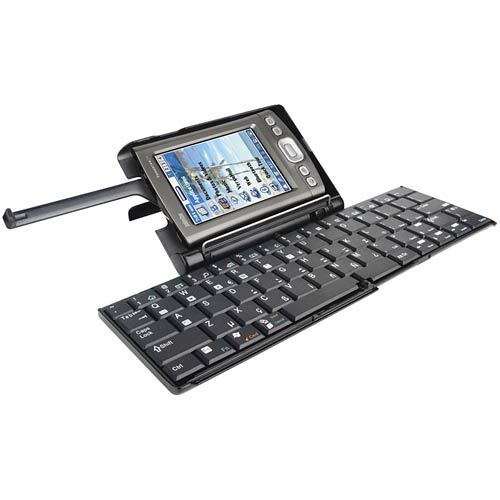
If you have a class set of palmtops, loading the software on each and every palmtop can be extremely time consuming. Here’s a way to save you some time. The directions assume you have a class set of thirty charged palmtops by Palm and are numbering them 1 – 30.
- Load the palm software on the laptop/desktop and name that palmtop 01.
- NOTE: Be sure to load ALL of the software essentials too, i.e. Docs to Go, ereader, etc.
- Be sure to synchronize palmtop #1 and test out all of the software before proceeding. 🙂
- Open the Palm Desktop on the laptop/desktop. Click on the drop down arrow in the upper-left of the screen. Click on “Edit Users…” Begin adding users 02- 30.
- Once you have 30 users, you have to add the software for palmtops 02 – 30. Rather than installing the software on each palmtop, you can just copy the files into the new folders. Close Palm Desktop.
- Open the 01 folder located in My Computer>C: Drive>Program Files>Palm>01. Select all and copy the files. Then go up a folder and paste the files into folder 02, 03, 04 … 30.
- Now that each folder has the software files of 01, you can begin synchronizing each palmtop to the laptop/desktop. Be sure to go in order with palmtops that are labeled so as not to accidentally synchronize the same number twice. Test out the software on 02 before proceeding.






